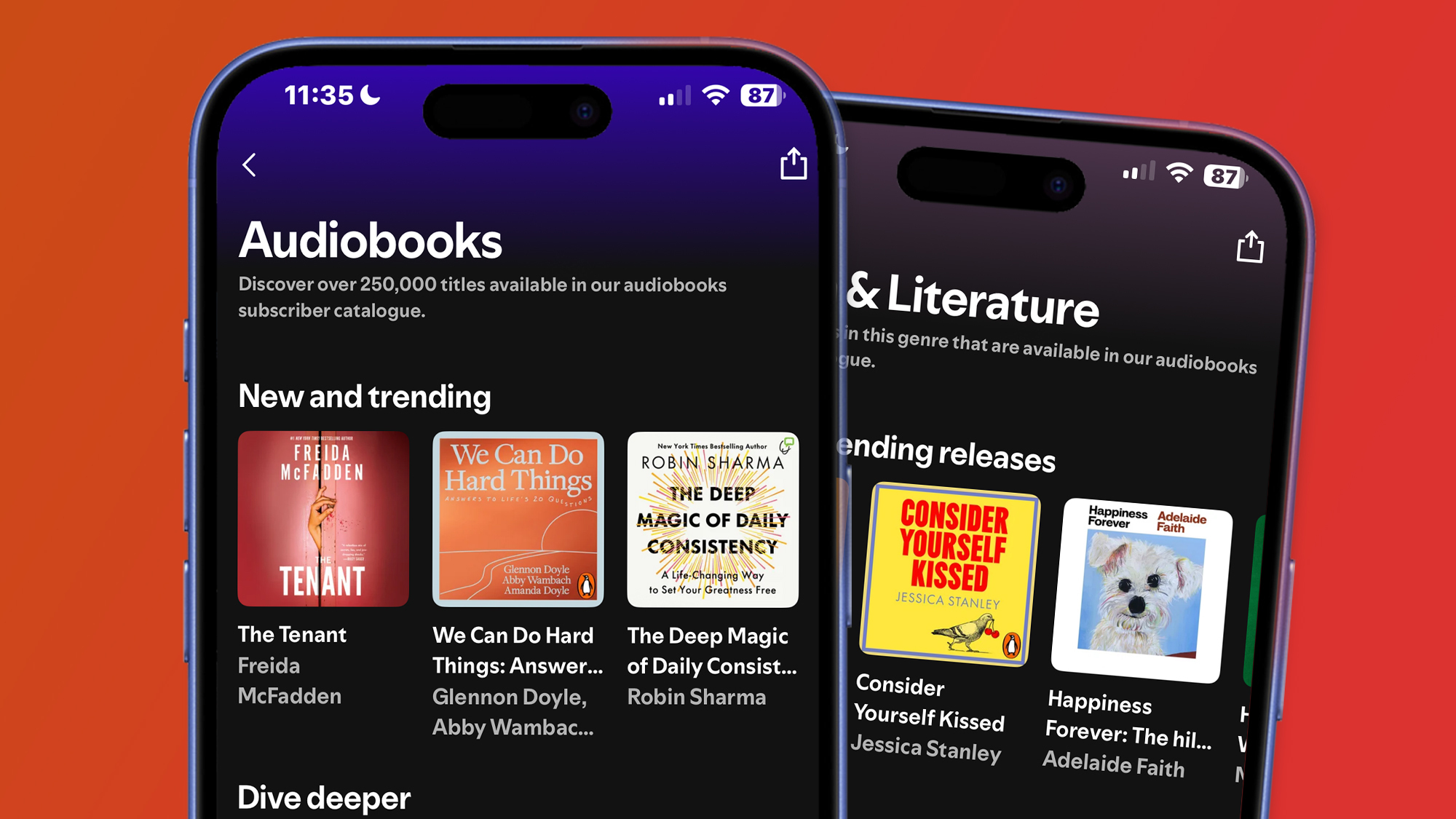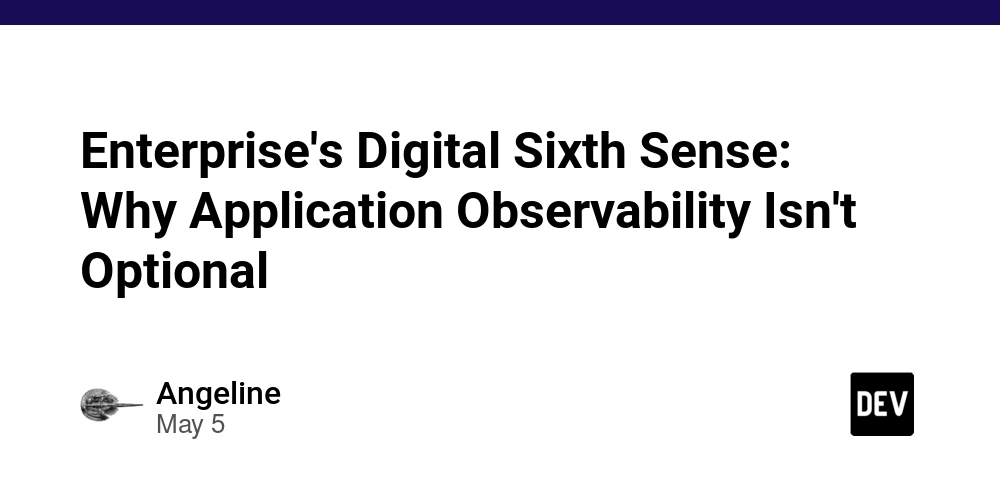The Angular Learning Curve in 2025: A Roadmap for New Developers
Angular presents a steeper learning curve compared to React and Vue, requiring developers to master TypeScript, dependency injection, component architecture, and concepts like Signals for reactivity, but its comprehensive structure, robust tooling, and continuous innovation through features like incremental hydration make it a worthwhile investment for building scalable enterprise applications in 2025, supported by extensive learning resources and a clear development roadmap. Understanding Angular's Learning Curve in 2025 Angular's learning curve in 2025 remains steeper compared to React and Vue, primarily due to its comprehensive framework nature rather than being a lightweight UI library. Developers need to master a longer list of concepts including TypeScript, components, decorators, dependency injection, modules, pipes, services, and templates. This complexity makes Angular particularly challenging for beginners but offers significant advantages for enterprise applications that require stability and structure. Despite these challenges, Angular's 2025 strategy makes the investment worthwhile through: Continuous innovation: The framework introduces cutting-edge features like incremental hydration and signals that optimize performance and provide more efficient change detection. Robust learning resources: Extensive documentation, tutorials, and community support help developers overcome initial learning hurdles. Single-page application excellence: Angular excels in building complex SPAs with sophisticated routing, state management, and component communication. Enterprise-grade architecture: The opinionated structure enforces consistent coding patterns across large teams, enhancing maintainability and scalability. Developer experience improvements: Angular's 2025 roadmap enhances productivity through its zoneless architecture, reducing boilerplate code and making the framework more intuitive for faster development cycles. TypeScript integration: Deep TypeScript integration provides superior type safety, IDE support, and code maintainability for large, long-term projects. Core Concepts and Essential Skills for Angular Developers Angular development requires mastering several core concepts and skills to build efficient, maintainable applications. Familiarity with Angular's architecture is essential, including components, services, directives, modules, and routing1. TypeScript proficiency is non-negotiable, as Angular heavily relies on its static typing, interfaces, generics, and decorators to enhance code quality and reduce runtime errors1. The framework's dependency injection system is another fundamental concept that enables modular design and testable code. For developers looking to excel in 2025, these skills are particularly important: Modular architecture implementation for organizing large applications into maintainable chunks Angular Signals for state management and reactivity, which is simpler than RxJS and enables fine-grained DOM updates Angular CLI mastery for streamlining development workflows and project management Component architecture and communication patterns for building scalable UIs Experience with Angular's workspace configuration for managing multiple projects efficiently Step-by-Step Roadmap to Mastering Angular in 2025 The journey to mastering Angular in 2025 follows a structured path that begins with web development fundamentals and progresses to advanced framework-specific concepts. Start by building a solid foundation in HTML, CSS, and JavaScript (particularly ES6+ features like arrow functions, destructuring, and async/await). Next, familiarize yourself with essential development tools including Angular CLI for project generation and management, code editors like Visual Studio Code, and package managers such as NPM or Yarn. With fundamentals in place, progress through these key stages: Learn Angular core concepts: components, modules, data binding, directives, services, and dependency injection Master CSS frameworks integration (Bootstrap, Angular Material, or Tailwind CSS) for responsive designs Develop proficiency with version control systems like Git and GitHub for collaboration Study Angular's change detection mechanisms and performance optimization techniques Explore Signals for intuitive state management, which has become Angular's recommended approach in 2025 Practice building complete CRUD applications to solidify your understanding Master testing with Jasmine, Karma, or Jest for unit tests, and Cypress or Playwright for end-to-end testing to ensure application stability through development cycles Implement state management patterns using NgRx or NGXS for complex applications Best Resources and Communities for Angular Learners The Angular ecosystem offers a wealth of learning resources and vibrant communities to support developers at every stage of their journey. For structured learning, Udemy's "Ang

Angular presents a steeper learning curve compared to React and Vue, requiring developers to master TypeScript, dependency injection, component architecture, and concepts like Signals for reactivity, but its comprehensive structure, robust tooling, and continuous innovation through features like incremental hydration make it a worthwhile investment for building scalable enterprise applications in 2025, supported by extensive learning resources and a clear development roadmap.
Understanding Angular's Learning Curve in 2025
Angular's learning curve in 2025 remains steeper compared to React and Vue, primarily due to its comprehensive framework nature rather than being a lightweight UI library. Developers need to master a longer list of concepts including TypeScript, components, decorators, dependency injection, modules, pipes, services, and templates. This complexity makes Angular particularly challenging for beginners but offers significant advantages for enterprise applications that require stability and structure.
Despite these challenges, Angular's 2025 strategy makes the investment worthwhile through:
Continuous innovation: The framework introduces cutting-edge features like incremental hydration and signals that optimize performance and provide more efficient change detection.
Robust learning resources: Extensive documentation, tutorials, and community support help developers overcome initial learning hurdles.
Single-page application excellence: Angular excels in building complex SPAs with sophisticated routing, state management, and component communication.
Enterprise-grade architecture: The opinionated structure enforces consistent coding patterns across large teams, enhancing maintainability and scalability.
Developer experience improvements: Angular's 2025 roadmap enhances productivity through its zoneless architecture, reducing boilerplate code and making the framework more intuitive for faster development cycles.
TypeScript integration: Deep TypeScript integration provides superior type safety, IDE support, and code maintainability for large, long-term projects.
Core Concepts and Essential Skills for Angular Developers
Angular development requires mastering several core concepts and skills to build efficient, maintainable applications. Familiarity with Angular's architecture is essential, including components, services, directives, modules, and routing1. TypeScript proficiency is non-negotiable, as Angular heavily relies on its static typing, interfaces, generics, and decorators to enhance code quality and reduce runtime errors1. The framework's dependency injection system is another fundamental concept that enables modular design and testable code.
For developers looking to excel in 2025, these skills are particularly important:
Modular architecture implementation for organizing large applications into maintainable chunks
Angular Signals for state management and reactivity, which is simpler than RxJS and enables fine-grained DOM updates
Angular CLI mastery for streamlining development workflows and project management
Component architecture and communication patterns for building scalable UIs
Experience with Angular's workspace configuration for managing multiple projects efficiently
Step-by-Step Roadmap to Mastering Angular in 2025
The journey to mastering Angular in 2025 follows a structured path that begins with web development fundamentals and progresses to advanced framework-specific concepts. Start by building a solid foundation in HTML, CSS, and JavaScript (particularly ES6+ features like arrow functions, destructuring, and async/await). Next, familiarize yourself with essential development tools including Angular CLI for project generation and management, code editors like Visual Studio Code, and package managers such as NPM or Yarn.
With fundamentals in place, progress through these key stages:
Learn Angular core concepts: components, modules, data binding, directives, services, and dependency injection
Master CSS frameworks integration (Bootstrap, Angular Material, or Tailwind CSS) for responsive designs
Develop proficiency with version control systems like Git and GitHub for collaboration
Study Angular's change detection mechanisms and performance optimization techniques
Explore Signals for intuitive state management, which has become Angular's recommended approach in 2025
Practice building complete CRUD applications to solidify your understanding
Master testing with Jasmine, Karma, or Jest for unit tests, and Cypress or Playwright for end-to-end testing to ensure application stability through development cycles
Implement state management patterns using NgRx or NGXS for complex applications
Best Resources and Communities for Angular Learners
The Angular ecosystem offers a wealth of learning resources and vibrant communities to support developers at every stage of their journey. For structured learning, Udemy's "Angular - The Complete Guide" provides comprehensive coverage of modern Angular features including standalone components and signals. For visual learners, platforms like YouTube host numerous channels dedicated to Angular tutorials, with creators regularly updating content to cover the latest framework versions.
For those seeking specialized knowledge, consider these valuable resources:
Angular University offers in-depth courses on specific Angular topics, including a complete guide to dependency injection
Coursera, Codecademy, Pluralsight, and freeCodeCamp provide both free and paid learning paths for different skill levels
Angular CLI documentation helps master best practices for project setup and management
MentorCruise connects learners with experienced Angular mentors for personalized guidance
Angular's official documentation at angular.dev provides authoritative references, especially for newer features like Signals
Overcoming Common Pitfalls and Accelerating Progress
Angular development comes with specific challenges that can slow progress, but recognizing common pitfalls helps developers avoid them. One frequent mistake is neglecting proper modularization, resulting in monolithic applications that become difficult to scale and test. Breaking functionality into smaller, reusable components improves maintainability and makes your code more flexible. Another common error is forgetting to unsubscribe from observables, which leads to memory leaks that degrade application performance over time.
To accelerate your Angular development journey, focus on these key practices:
Utilize Angular CLI fully instead of manual setups to ensure proper configurations
Avoid overusing the any type in TypeScript, which bypasses valuable type checking
Implement lazy loading for feature modules to improve initial load time and application performance
Adopt state management libraries like NgRx for complex applications to maintain predictable state flows
Write comprehensive unit tests using TestBed to ensure component reliability across application changes
Optimize change detection strategies by using OnPush where appropriate to reduce unnecessary rendering cycles
Use Angular's dependency injection system to build testable services with clear responsibilities that can be easily mocked and replaced.
Use content projection with ng-content to create truly reusable components with flexible layouts
Adopt Angular Material or other UI component libraries to maintain consistent design and reduce development time
Join the Conversation and Shape Your Angular Journey
I'd love to hear from you! What part of the Angular learning curve do you find most exciting or challenging? Share your thoughts, questions, or project links in the comments below-your experience could inspire or help someone else in the community. If there's a topic you'd like me to cover next, let me know! Let's build and learn together!
Conclusion
Angular's 2025 roadmap centers on optimizing developer experience and performance while streamlining feature adoption. The team is advancing several strategic initiatives, including elevating zoneless architecture to developer preview, exploring selectorless components, and replacing Karma with a more effective testing framework.
These targeted improvements directly respond to pain points highlighted through community feedback and developer surveys, reflecting Angular's dedication to staying aligned with evolving industry standards while maintaining its enterprise-focused approach.
For developers considering Angular in 2025, the framework offers significant advantages for enterprise applications despite its steeper learning curve. Its comprehensive architecture provides scalability, enhanced performance through features like incremental hydration, and cross-platform compatibility. While mastering Angular requires investment in learning TypeScript and understanding its component architecture, the framework's continued innovation and strong community support make it a future-proof choice for building robust, maintainable applications. As Angular evolves toward simplified component authoring and improved reactivity with signals, developers who commit to the learning journey will be well-positioned to leverage these powerful capabilities.
Thank you for joining me on this exploration of the Angular learning curve in 2025. Your curiosity and determination are the keys to your growth as a developer. Keep learning, stay connected, and remember: every line of code brings you closer to mastery. Happy coding!
If you enjoyed this article or want to connect further, feel free to connect with me on LinkedIn. Let's build a stronger Angular community together!



































































































































































![[The AI Show Episode 145]: OpenAI Releases o3 and o4-mini, AI Is Causing “Quiet Layoffs,” Executive Order on Youth AI Education & GPT-4o’s Controversial Update](https://www.marketingaiinstitute.com/hubfs/ep%20145%20cover.png)





























































































































![Ditching a Microsoft Job to Enter Startup Purgatory with Lonewolf Engineer Sam Crombie [Podcast #171]](https://cdn.hashnode.com/res/hashnode/image/upload/v1746753508177/0cd57f66-fdb0-4972-b285-1443a7db39fc.png?#)

















































































































.png?width=1920&height=1920&fit=bounds&quality=70&format=jpg&auto=webp#)



















_designer491_Alamy.jpg?width=1280&auto=webp&quality=80&disable=upscale#)
















































































































![Apple iPhone Exports From India Surge 116% [Report]](https://www.iclarified.com/images/news/97292/97292/97292-640.jpg)
![Apple Shares 'Last Scene' Short Film Shot on iPhone 16 Pro [Video]](https://www.iclarified.com/images/news/97289/97289/97289-640.jpg)
![Apple M4 MacBook Air Hits New All-Time Low of $824 [Deal]](https://www.iclarified.com/images/news/97288/97288/97288-640.jpg)
![An Apple Product Renaissance Is on the Way [Gurman]](https://www.iclarified.com/images/news/97286/97286/97286-640.jpg)









































![Gurman: First Foldable iPhone 'Should Be on the Market by 2027' [Updated]](https://images.macrumors.com/t/7O_4ilWjMpNSXf1pIBM37P_dKgU=/2500x/article-new/2025/03/Foldable-iPhone-2023-Feature-Homescreen.jpg)


















































![Components structure in '/apps/[appName]' route in open source ACI.dev platform.](https://media2.dev.to/dynamic/image/width=800%2Cheight=%2Cfit=scale-down%2Cgravity=auto%2Cformat=auto/https%3A%2F%2Fcdn-images-1.medium.com%2Fmax%2F1000%2F1%2AUtTlg_Wxt8dLRXuuAgVHUQ.png)






